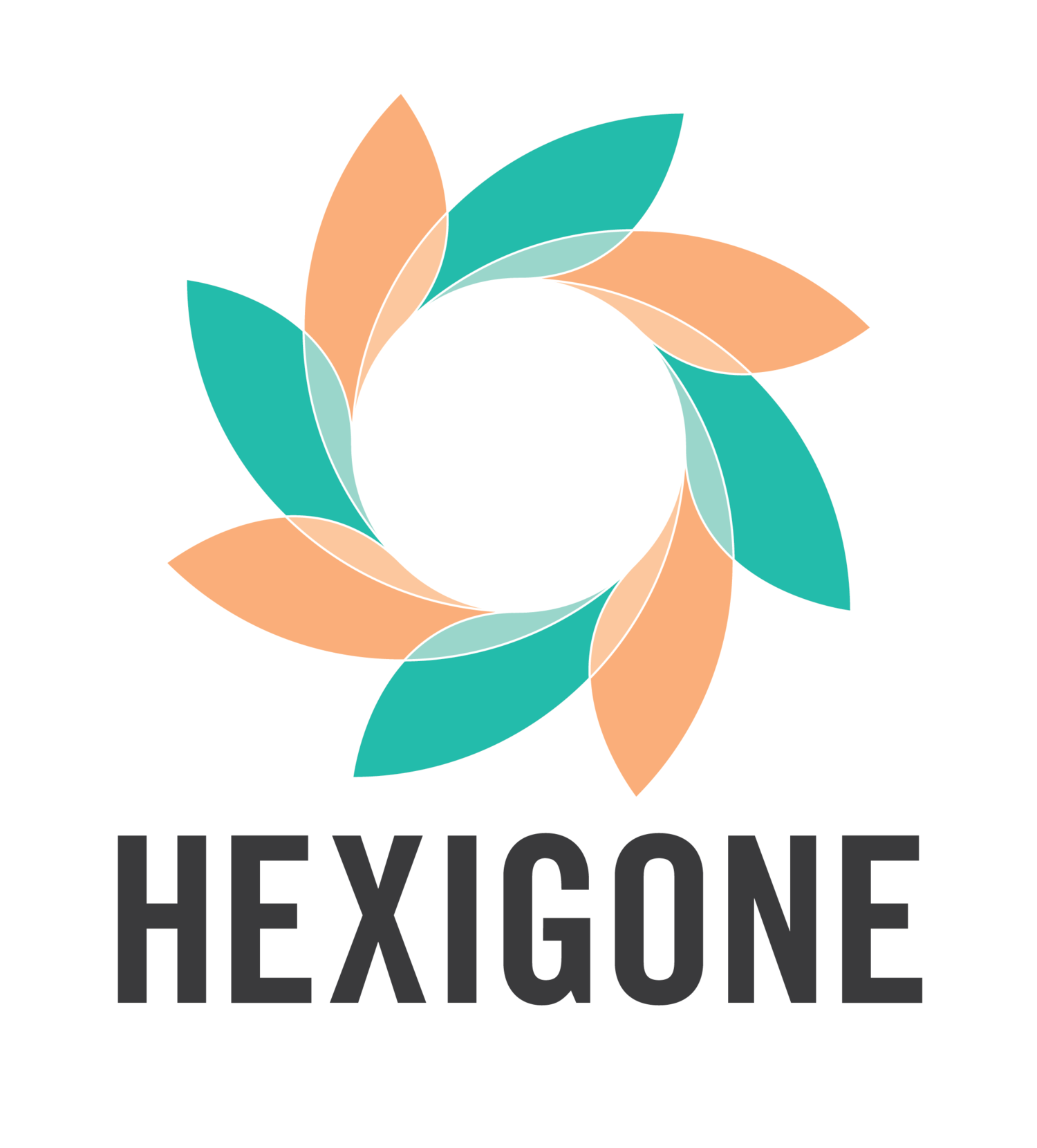Blog: The Environmental Impact of Coatings - Understanding Hexigone's EPD rating
As consumers become increasingly aware of the environmental impact of the products they use, companies are turning to third-party certifications and labels to demonstrate their commitment to sustainability. One such certification is an Environmental Product Declaration (EPD), and in this blog post, we will summarize the EPD of our corrosion inhibitor, Intelli-ion® AX1.
Life Cycle Assessment
The EPD is based on a Life Cycle Assessment (LCA) study that evaluates the environmental impact of the Intelli-ion® AX1 throughout the entirety of its lifecycle. EPDs are assessed based on a set of criteria defined by an international standard, ISO 14025 - such as those related to climate change, resource depletion, acidification, etc.
In the case of the EPD for the Intelli-ion® AX1 corrosion inhibitor, it has been assigned a rating of "Conformant", which is the highest possible rating. This means that the EPD meets all the requirements of the ISO 14025 standard and is considered to be of high quality and credibility.
Reducing the CO₂ emissions of your coatings
The carbon footprint of Intelli-ion® AX1 is 8.39 kg CO₂/kg, which is considered good. However, to obtain a more accurate calculation of ‘in use’ emissions, we need to consider the “loadings” of the product by customers. Intelli-ion® AX1 offers a specific gravity of 1.35, which is approximately 1/3 of zinc phosphate (ZnP) – this means it takes up “more space” within the coating, and less product is needed.
Typically, ZnP is applied at a concentration of around 9% by weight, depending on the sector. Intelli-ion® AX1 allows coatings manufacturers to reduce the amount of anticorrosive required down to 0.5 - 7% and therefore lowers the overall CO₂ emissions of the coating.
Customer example:
A tier 1 protection coatings customer based in the USA reduced their ZnP loadings from 9% to 3% & 1% Intelli-ion®. They utilized 100T of anticorrosives per annum and moved to 11T Intelli-ion® and 33T Phosphate based inhibitor a year so their CO₂ emissions were reduced from 500,000kg CO₂ to 263,000 kg CO₂ – which is a saving of 237,000 KG of CO₂ per annum. This 47.4% CO₂ saving and is roughly the equivalent annual absorption of 10,772 mature trees (22kg CO₂ removed per annum per tree). Additionally, this is also a cost savings in anti-corrosive additives of over 41%.
Conclusion:
To summarize, depending on individual coatings manufacturers' objectives, customers can reformulate to strike a balance between reducing CO₂ emissions and enhancing performance. Please get in touch to discuss further!

